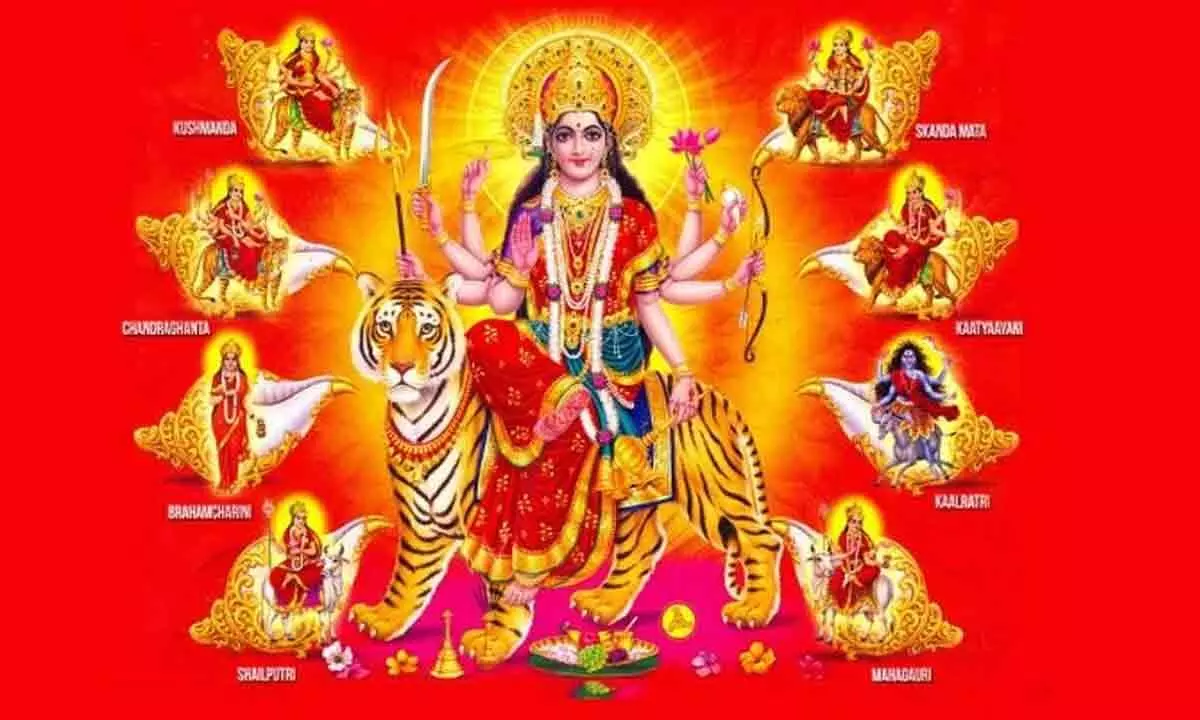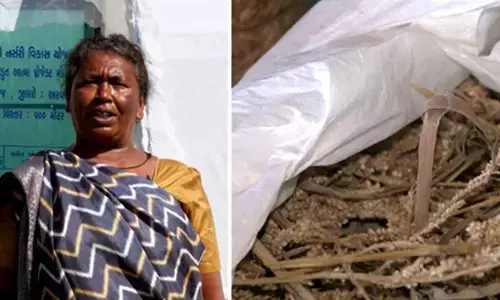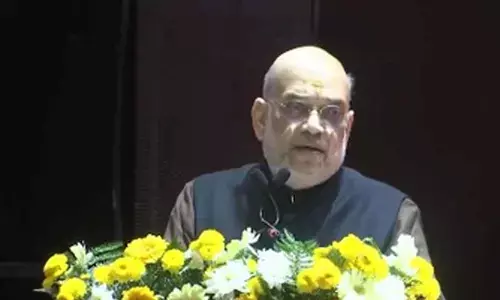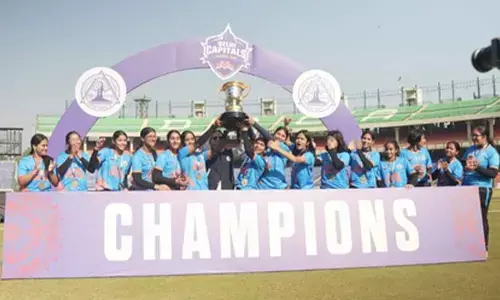Celebrating Devi

If we examine ourselves, we notice our powers, such as physical strength, the power of sense organs, the power of knowledge, the willpower, power of endurance, power of control, power of compassion, power of love, sense of modesty and so on. Saptashati gives a list of 23 such powers with which the human being is endowed. Sometimes we give names to these powers, such as Lakshjmi, Saraswati, Durga, Chandika, Chamunda and so on. We worship universal energy in the form of these goddesses on these nine days to energise various powers in us
Worshipping Devi at a philosophical level was seen last Sunday. We noted the symbolism in the three stories in the Devi Saptashati. How do people in general celebrate the festival?
When we refer to the Supreme as a goddess, we do not mean a person sitting in the sky above, but we refer to the all-pervading, universal energy manifesting in several forms in all creatures. If we examine ourselves, we notice our powers, such as physical strength, the power of sense organs, the power of knowledge, the willpower, power of endurance, power of control, power of compassion, power of love, sense of modesty and so on. Saptashati gives a list of 23 such powers with which the human being is endowed. Sometimes we give names to these powers, such as Lakshjmi, Saraswati, Durga, Chandika, Chamunda and so on. We worship universal energy in the form of these goddesses on these nine days to energise various powers in us.
There are stories related to each form and a special way of worship. There is no doubt merriment exists, but it is not unbridled. It is coupled with austerities during the nine nights, called nava-ratra vratam. The word vratam, literally means something we choose to do. In this period many people fast, as health permits, as a part of self-discipline. It is a busy period for the housewife to invite neighbours, engage them in singing and sharing food in the evenings. What we normally call food becomes prasadam when offered to the deity and then shared. It is an occasion for women to display their skills in singing devotional songs composed by saints like Dikshitar. Such songs are meant to create sattvic tendencies in us. In some places it is mixed with group dancing, as we see the Batukamma dance in Telangana. It is a great occasion for all women, young and old, to come together, dance and sing. In most families, the figurines of gods, goddesses are kept on decorated stands and lamps are lit. This is an occasion to recall the stories connected to them.
All our social interactions leave some impressions in our minds. If we have an unpleasant interaction with someone, that leaves a sour impression, and you wish to avoid it the next time. If we practice humility, compassion, hospitable nature etc., they become part of our nature. Good acts done over a period create positive predispositions in the mind. Such predispositions are called samskaras.
Creating good samskaras in girls was kept in mind by our elders. We are not a male-chauvinist society, as some would wrongly think. We not only worship the Supreme Reality in a feminine form, but we worship young girls dressed as goddesses during this period. There is a ritual named kumari-puja in the Devi Bhagavatam (Bk.3, Ch.26). Girls between 2 to 10 are visualised as goddesses and worshipped. Girls feel that they should acquire the attributes of the goddess. Boys and girls involuntarily imbibe good samskaras of mutual respect to maintain modesty with modernity. Purity is not yet a bad word in our society, though it is becoming old-fashioned.
On the tenth day, called Vijaya Dasami, meaning ‘the day of victory’, the kings in olden days used to go out with great pomp and retinue for hunting. This was also the occasion to wage war if needed, to secure their kingdoms. Several stories from puranas are associated with this day. Lord Rama is said to have launched his search for Sita on this day. A replay of the killing of Ravana is a great spectacle in many places. A relic of this practice is seen in the armed forces and police today. They get their weapons battle-ready, keep the bell of arms in tiptop condition but break harmless pumpkins in place of enemies. This is a minor celebration for morale boosting and rededication to work. In rural areas it used to be a common sight to see the village heroes go out hunting small animals in the nearby forests.
Urbanisation has made some innovations in the festival. But we must keep in mind that the innovations should produce the right samskaras in young minds.
(The writer is a former DGP, Andhra Pradesh)
















